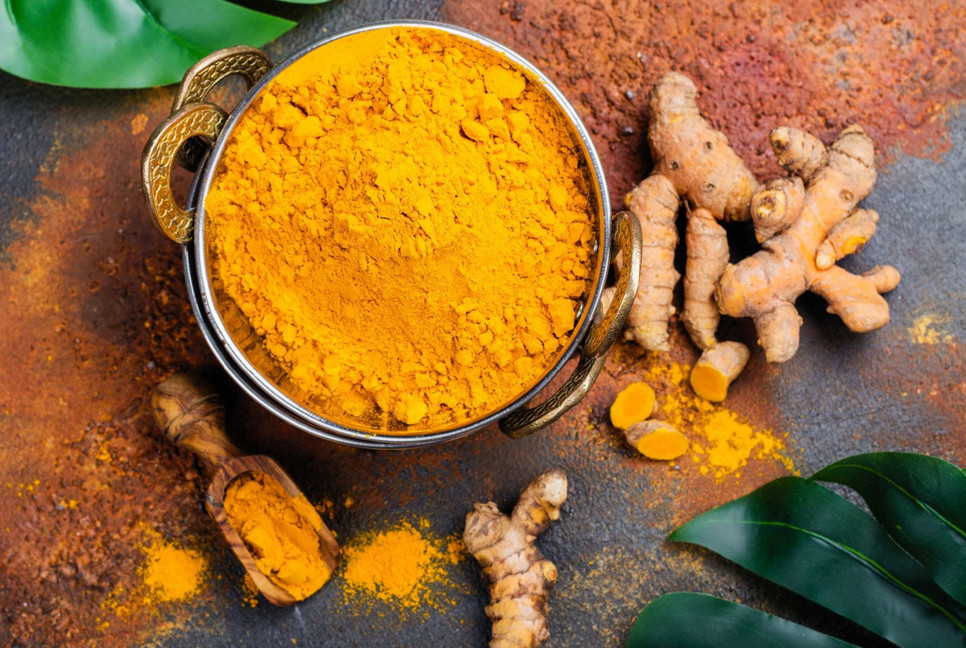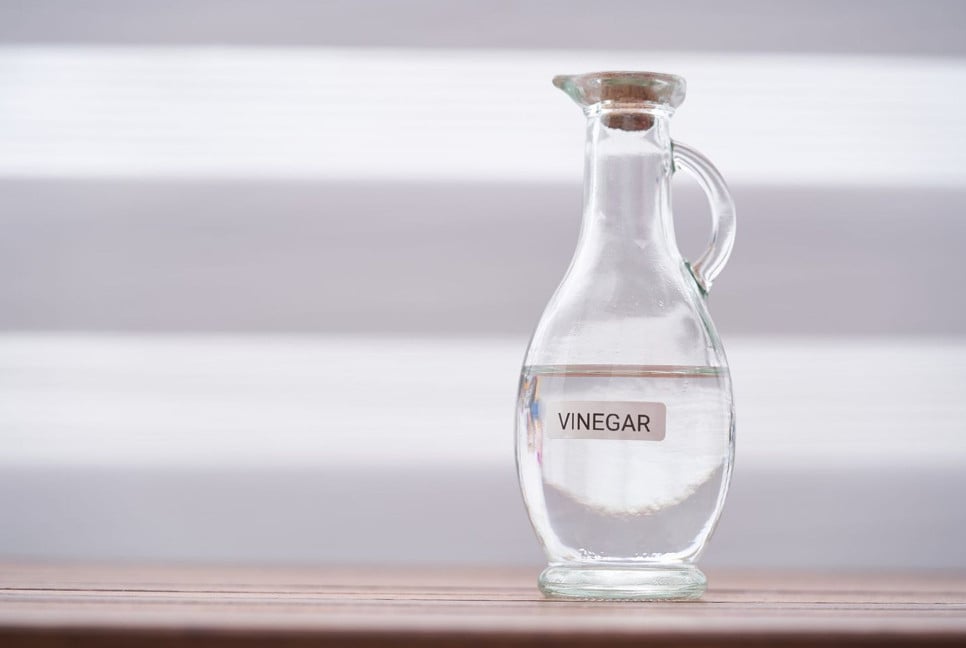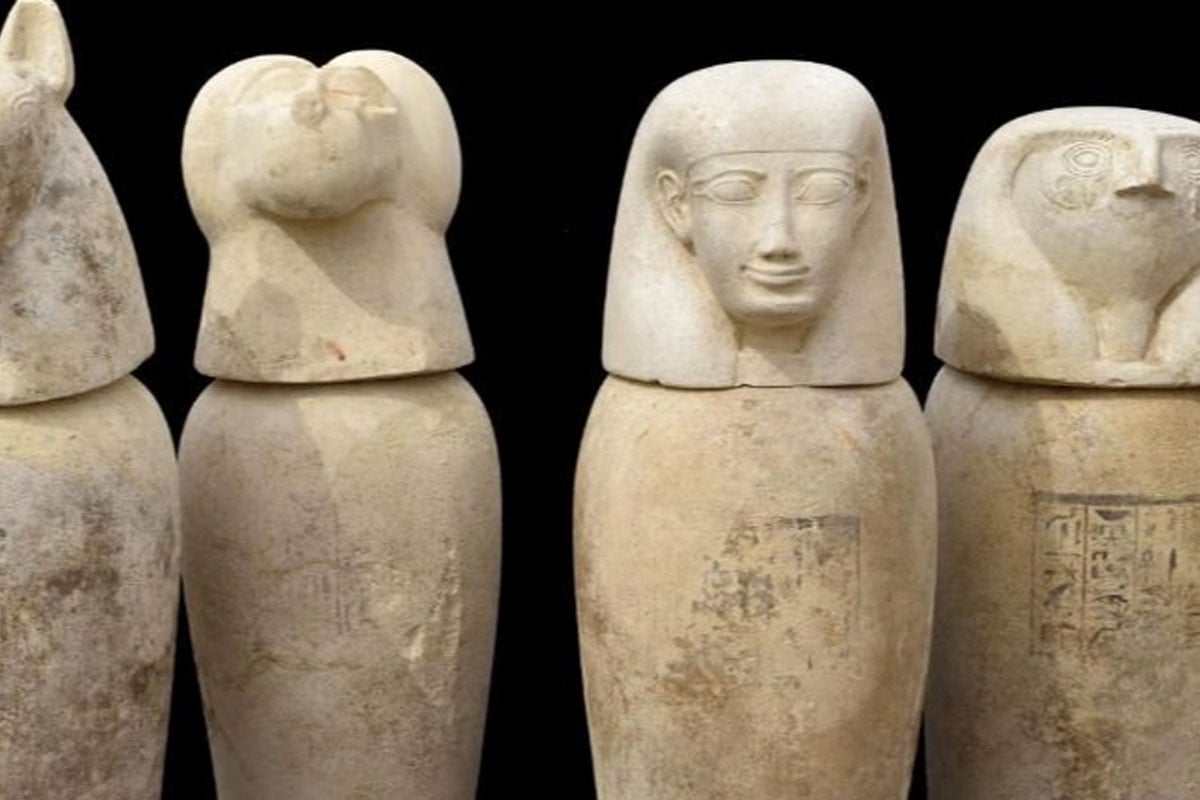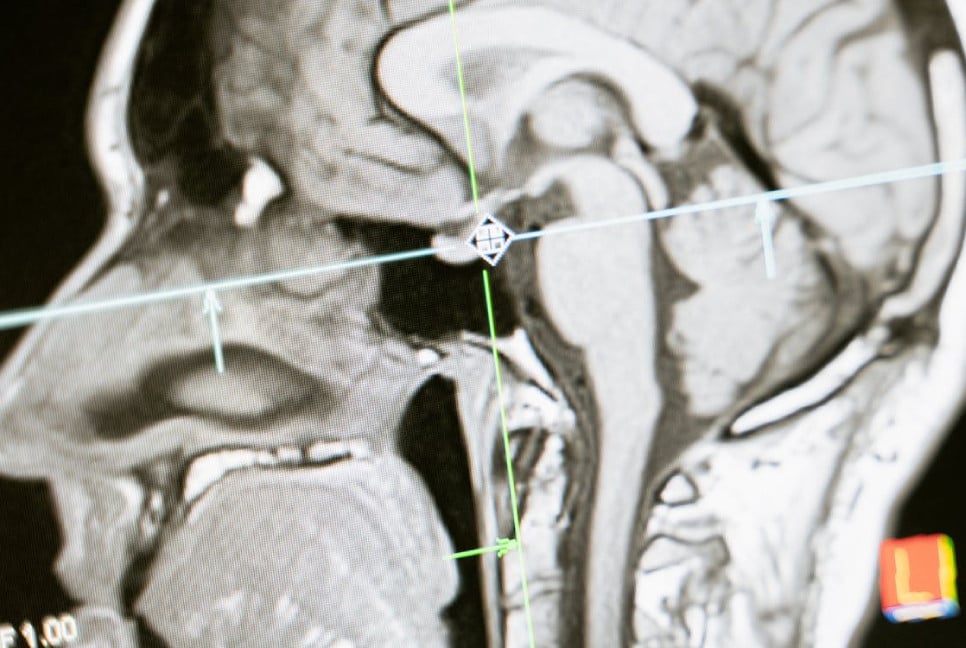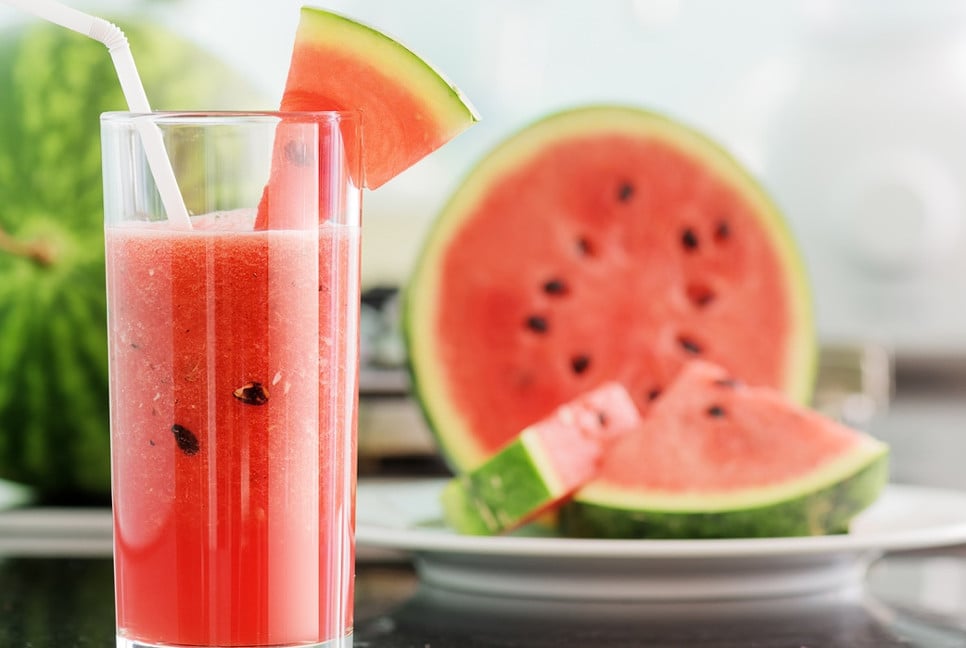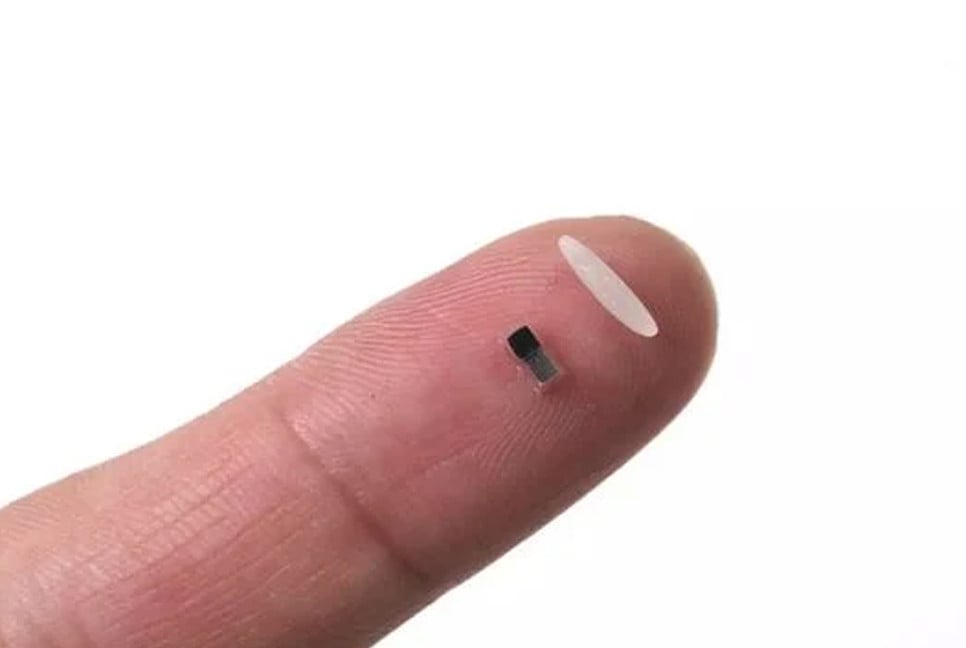A review of scientific studies by the UOC has found that moderate doses of curcumin, the active compound in turmeric, may aid in muscle recovery and help alleviate pain following intense physical activity.
The turmeric plant, part of the ginger family, has been valued for thousands of years as both a spice and a natural food dye in cooking. Its stem produces a yellow or reddish substance, depending on the species, which is a key ingredient in curry – a popular dish originating in Asia that has gained global recognition.
Beyond its culinary uses, turmeric and its active compound, curcumin, have long been integral to traditional Asian medicine. In recent decades, extensive research has been conducted to explore the properties of curcumin, its effects on the body, and the potential health benefits of consuming turmeric.
Now, researchers in the Epi4Health group at the Universitat Oberta de Catalunya (UOC) have found that turmeric and its related products, such as curcumin, may be able to reduce muscle damage and inflammation in the musculoskeletal system following vigorous physical exercise.
“Both pre- and post-exercise curcumin consumption are associated with better outcomes in terms of muscle recovery, reduced pain, and improved antioxidant capacity,” said Daniel Vasile Popescu-Radu. He is a pharmacist and nutritionist who is simultaneously studying for a doctoral degree in Health and Psychology and a Master’s Degree in Food for Physical Exercise and Sport at the UOC.
Hundreds of scientific studies have demonstrated the benefits and potential of curcumin, particularly as regards its properties. In fact, this supplement is well-known for its antioxidant and anti-inflammatory properties. However, the experts’ novel contribution is the confirmation of these findings in the realm of sports through a review of the scientific literature, which was recently published in open access in the Journal of the International Society of Sports Nutrition.
“The aim of this study was to assess the scientific evidence regarding the effectiveness of curcumin in mitigating exercise-induced muscle damage, such as injuries to muscle fibers, pain, and reduced strength, and establish its ability to lower inflammatory markers, improve pain perception and speed up muscle recovery when consumed by trained participants,” said Popescu-Radu. “The effective use of curcumin is contingent upon factors such as dosage, bioavailability, and time of consumption.”
Benefits of curcumin
According to the authors, the possible benefits of curcumin include mitigating and combating various issues, such as local muscle inflammation and systemic inflammation, as well as oxidative damage resulting from the increased production of free radicals during physical exercise and muscle pain, thus improving the individual’s subjective perception of pain and the affected muscle group’s range of movement.
“Moderate curcumin intake within the established post-exercise dosage range helps improve and speed up muscle recovery,” said Popescu-Radu, who also explained that “there’s always room for professional supervision, as an expert can adjust the dosage and timing of intake to optimize its benefits.”
Specifically, the experts estimate that a daily curcumin intake of 1-4 grams is enough for people in good health to enjoy these benefits, particularly in relation to eccentric exercise, which tends to be the most damaging to athletes. “The effective use of curcumin is contingent upon factors such as dosage, bioavailability and time of consumption, with the most significant benefits seemingly resulting from post-exercise consumption,” said Martínez.
Absorption and patient profile
However, despite these proven benefits, the experts emphasized that factors that must be taken into account include hormonal effects and individual patient or consumer characteristics, as well as the time of intake and the exact formulation used.
“The absorption and bioavailability of curcumin may be affected by the formulation used or the presence of other substances, such as piperine. Furthermore, the varied makeup of the participants in the studies makes it very difficult to extrapolate these results to female athletes or to specific circumstances, such as perimenopause and menopause,” said Popescu-Radu.
The experts cautioned that, although all these studies show the potential of turmeric as a supplement for athletes, further research, with larger samples, is required in order to confirm and consolidate these findings.
“Curcumin could greatly enhance the well-being of those who engage in regular physical training. It may even play a significant role in reducing inflammation biomarkers and improving antioxidant capacity, among other health benefits,” they concluded, while warning that further research into formulation, absorption, bioavailability, and other factors remains necessary to properly evaluate the effects described.
Source: Sci-tech daily
Bd-pratidin English/ Afia

